If you are just starting your photography journey, here is a beginner's guide to photography, including some of the fundamentals you will encounter as you take your first step.
Perhaps the greatest appeal of photography is its mixture of the creative and technical into one all-encompassing pastime or profession.
For newcomers, this can be an attractive but also a daunting prospect. It can seem like there is a very steep learning curve to photography. Yet, if approached in the right way, the first sections of that learning curve need not be steep. By learning the very basic building blocks of photography, you can get a good run-up at that curve, helping you build the experience you need to progress.
In this beginner's guide to photography, we are going to take a pragmatic approach to the basics of photography. Rather than go too in-depth about the technical side, we are going to show you those basic building blocks and how they work together to create a good photo.
Along the way, we will set you some simple tasks in order to demonstrate how those building blocks work.
Photography Is About Managing The Light
At its most basic form, photography is about managing light. We do that by controlling the amount of light that reaches the sensors of our camera. If we give the sensor too much light, our photo becomes too light. Not enough, and our shots will be very dark.
To understand this, there is an everyday analogy we can apply.
Walk from a very dark room into very bright sunshine, and our vision whites out until our eye can catch up with the brightness. Go from the bright light to a very dark room, the reverse happens, and for a while, everything seems way too dark.
To control this, eyes open or close an iris, and this is also one of the ways we can control the light with our cameras.
The other two ways are by controlling how long the sensor is exposed to light, the shutter speed, and how sensitive that sensor is to light, the ISO.
Our cameras have several modes that allow us to control these elements.
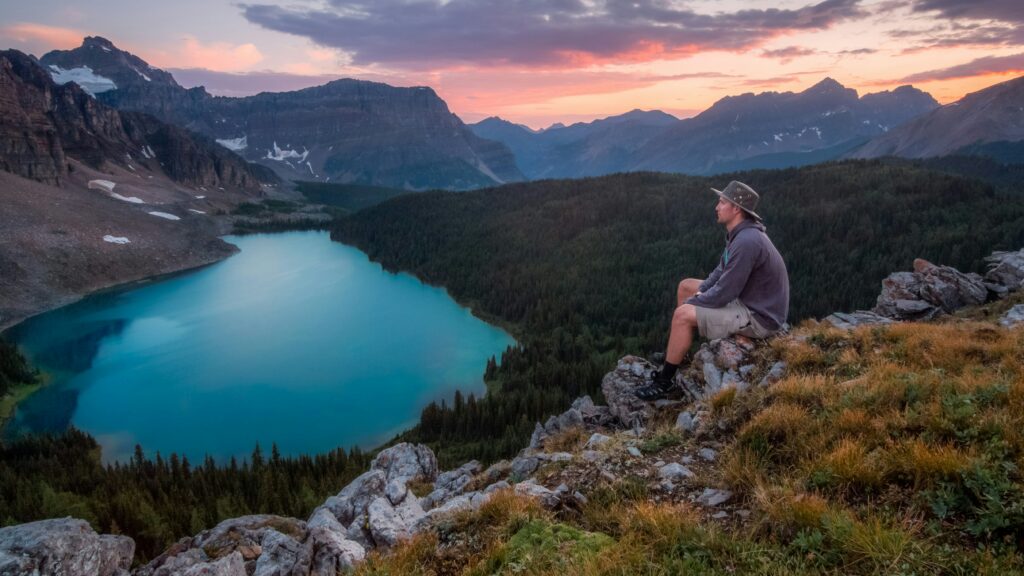
Our Camera's Modes Help Us Manage The Light
Most cameras have a dial on the top with the letters P, A, S, M, although not necessarily in that order. P is Program mode, where the camera's onboard computer reads the light and sets the shutter speed, aperture, and ISO automatically.
A stands for Aperture Priority. In this mode, we set the aperture, and the camera will set the shutter speed automatically. As you might have guessed, S stands for Shutter Priority, and in this mode, we set the shutter speed, and the camera sets the aperture automatically.
Lastly, M stands for Manual. In this mode, we set both the aperture and shutter speed ourselves. We can also set the ISO, but this is usually done as a last resort, more of that later.
The Three Fundamentals Of Managing Light (The Exposure Triangle)
1. Aperture – Our Camera’s Iris
Aperture is the first fundamental element in any beginner's guide to photography. Like in our own eye's iris, the aperture is found behind the elements of our camera's lens. It is a series of blades that open or close the diameter according to our camera's settings. The more open that aperture is, the more light will reach our sensor and vice versa. The scale used for aperture is called f-stops, and the lower the number, the bigger (or wider) the aperture.
Aperture not only controls the light but gives us creative possibilities, the most important of which is depth of field. This strange term determines how much of our image is in focus in front and behind the point where we focused. It is more apparent when we use the telephoto (or zoom) part of our lens.
To demonstrate depth of field, here is a little practical test.
- On a nice bright day set your camera’s zoom to the telephoto end. This might be 70 to 80mm depending on the lens that came with your camera.
- Set the camera to A mode Aperture Priority and set that aperture to the lowest number. This will probably be f2.8 or f4
- Focus on a subject around two meters away, but make sure you can see plenty of background
- Take a few shots.
- Now set the aperture to a very small number, perhaps f16 or even f22 and repeat.

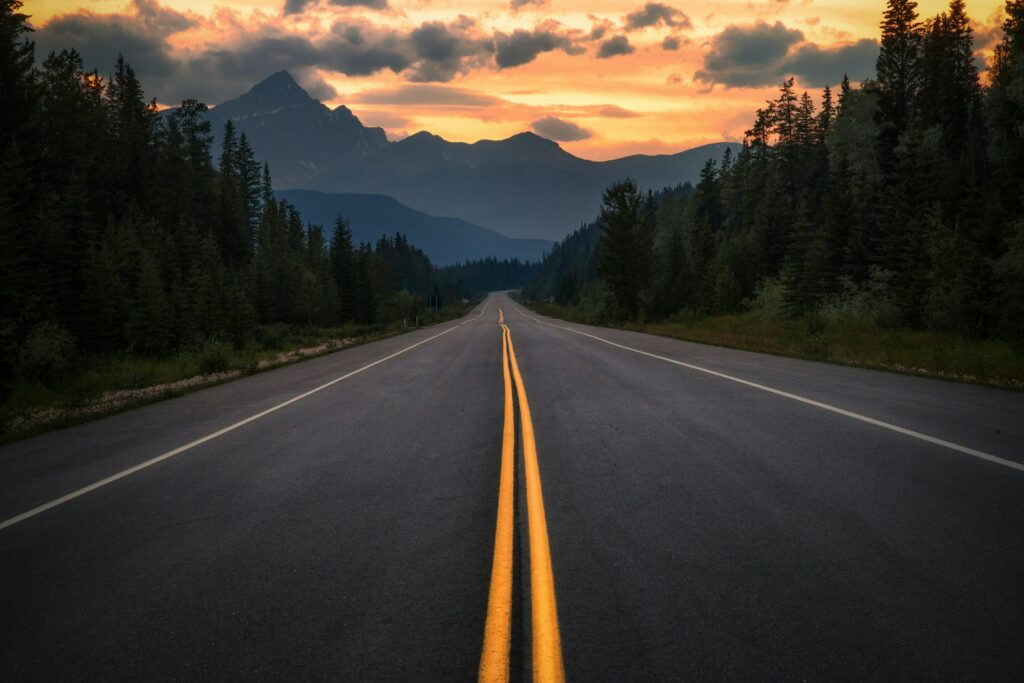
When you look at the images, you should see that in the shots with the aperture set to a low number, your subject is in focus but the background is out of focus.
In the shots with the small aperture, you should see that the subject is in focus but the background will also be much sharper than with the wider aperture.
In doing this test, you have controlled both the aperture and the depth of field while the camera has controlled the shutter speed.
Let's now reverse that scenario and look at shutter speed.
2. Shutter Speed – Controlling Time
The shutter speed is the second of the three building blocks for controlling light. It is equally as important as the aperture but gives us different creative possibilities. It can also cause some problems with our images if not set correctly. More of that later.
Shutter speed denotes how long our camera's sensor is exposed to the light. Think of it as opening and closing your eyes. The longer the shutter is open, the more light reaches the camera. The main creative possibility of shutter speed is controlling the way motion appears in our photographs.
With a slow shutter speed, a moving object will appear blurred. Increase that shutter speed, and moving objects are more likely to be “frozen” in our images.
Shutter speed is often used when the level of light is getting low. When our aperture is open to its maximum and we still cannot get enough light onto our sensor, we can use slower shutter speeds.
The issue you might have with shutter speed is called camera shake.
This happens when the shutter speed is so slow, it cannot counter the natural movement of your hands and body, leading to blurry images.
There is a simple rule of thumb that helps us with this. Your minimum shutter speed should be the focal length of the lens you are shooting with.
So what does this mean…If you are using a 50mm lens, then your shutter speed should be 1/50th of a second. If you are shooting with a 200mm lens, then it should be 1/200th. Anything slower than that then you need to use additional support such as a tripod.
Let’s try some practical tests.
- Find a busy fast fast-moving road and stand on the sidewalk perpendicular to the traffic.
- Set the zoom on your lens to a wider angle such as 35mm and set your exposure mode to shutter priority
- Set a shutter speed of 1/60th of a second then take shots as cars go past you. Do not move your body when shooting.
- Now set your shutter speed to 1/500th of a second and repeat the above.
- Repeat this both at 1/60th and 1/500th only this time, swivel the camera using the upper half of your body, to match the speed of the cars as they pass you.
The results of this test should demonstrate motion in our images. The cars taken standing still at 1/60th should appear quite blurry while the background will still look sharp. When we take the shutter to 1/500th both the cars and background should look sharp.
With the repeated test where we swivel our body, you should see that even at 1/60th the cars show less blur, but the background has become blurred. At 1/500th the cars should be almost frozen in time.
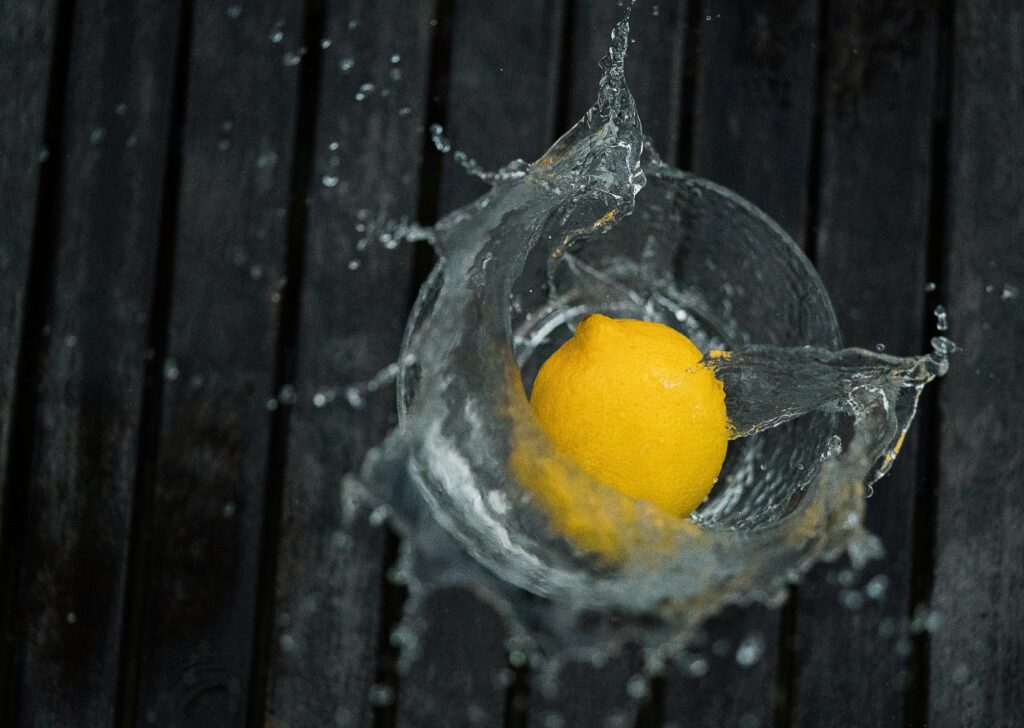
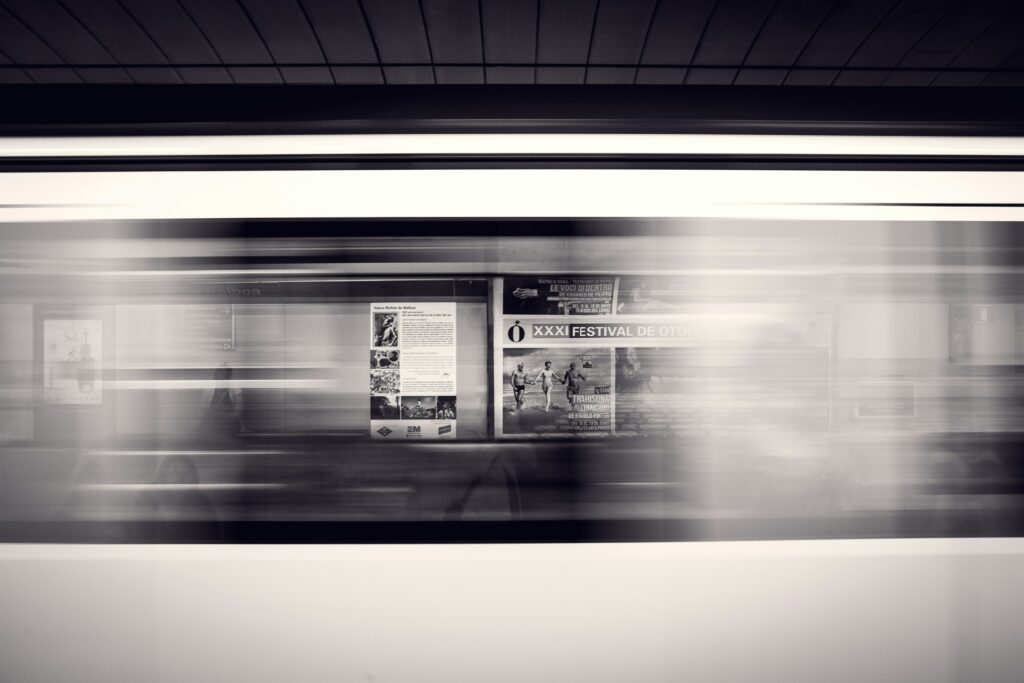
What you have learned here is how to control the appearance of motion in still photos. The swiveling technique in the second part is called panning and is very useful in capturing fast-moving objects.
3. ISO – Bringing Light to the Darkness
The last of the building blocks for managing light, ISO, is also the one that can have the most effect on the quality of your images. This is because it increases the sensitivity of your sensor to light. As it does that, it introduces a phenomenon called noise, a harsh grain-like look, into our shots. The higher the ISO, the more prominent that noise will be.
Because of this, we tend to use ISO only when we cannot achieve the correct exposure by using aperture or shutter speed. A typical example of this is when the light levels are getting so low that our aperture is wide open and the shutter speed now so slow we are getting camera shake. Now we can start to increase the ISO in order to raise the shutter speed back to an acceptable level, but at the cost of image quality.
All cameras have what's known as a base ISO. This is typically ISO 100 or 200 and will give the very best image quality. The ISO scale doubles for each increase in exposure: 100, 200, 400, 800, 1600.
Depending on your camera, you might start to see noise anywhere from 800 to 3200 ISO. After 3200, it will almost certainly be visible to some degree in all cameras.
Let’s do a little practice to demonstrate ISO and noise.
- Find a nice open location on a sunny day, about 30 minutes before sunset.
- Set the camera to shutter priority and a shutter speed of 1/125th of a second.
- Shoot a scene at a base ISO of 100 or 200.
- Repeat the same shot at 800, 1600, and 3200 ISO
When you get home, upload these images to your computer a look at them on screen. You will see the grainy-looking noise increase as you increase the ISO.
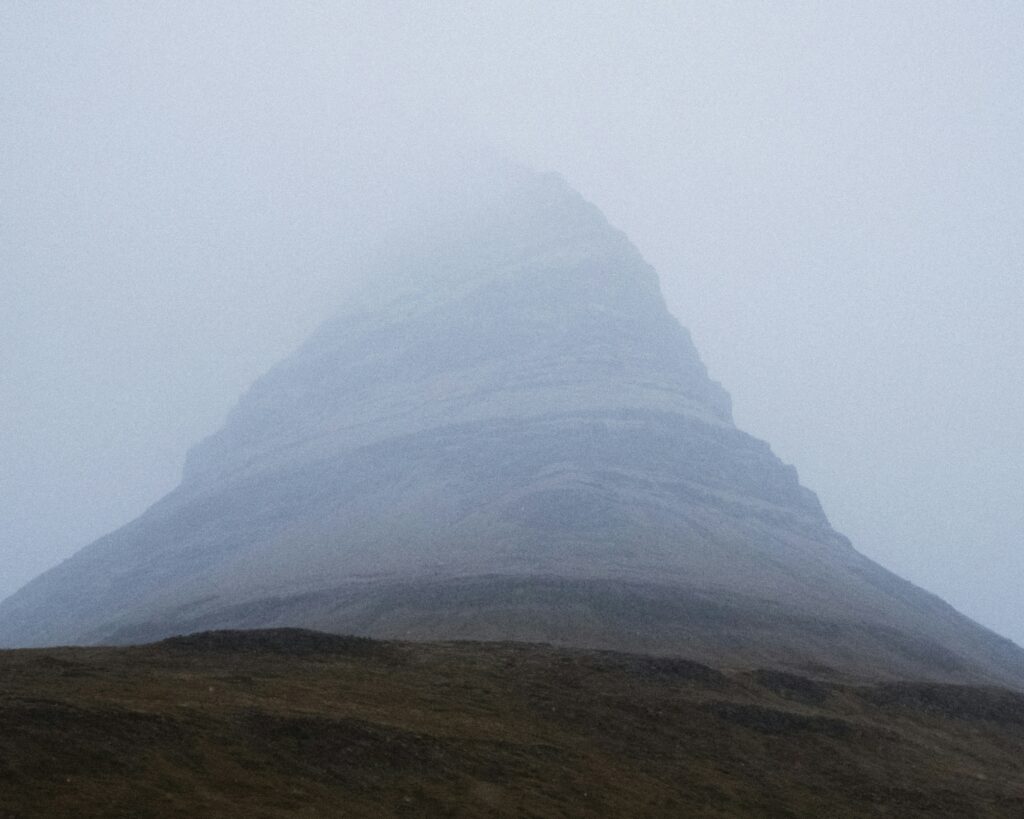
Exposure – Putting the Blocks Together
So far in our beginner's guide to photography, we've seen that aperture, shutter speed, and ISO are the building blocks for managing light…or what we call EXPOSURE.
Exposure is the term given to the amount of light we “expose” to the sensor. As photographers, we generally aim to get the correct exposure, one that will give us the best-looking picture.
To determine the correct exposure, our cameras have special sensors called exposure meters. In modern cameras, these are very sophisticated and in the vast majority of cases make a very accurate estimate of how the image should look.
Exposure meters in cameras usually have several modes, but as beginners, it’s best to stick with the default mode, area or zonal metering. This will measure the light from several different regions and average out the exposure to give the best image.
Let's look at how the exposure meter will give us relevant information in the different modes we discussed earlier.
- Program Mode: The meter will select both shutter speed and aperture. We can select the ISO manually or allow the camera to use Auto ISO.
- Shutter Priority: We select the most suitable shutter speed and the camera will select an aperture to match. If we select a faster shutter speed, the camera will select a wider aperture to let more light through. We can select the ISO manually or allow the camera to use Auto ISO.
- Aperture Priority: We select the most suitable aperture and the camera will select a shutter speed to match. If we select a smaller aperture, the camera will select a slower shutter speed to enable enough light to reach the sensor. We can select the ISO manually or allow the camera to use Auto ISO.
- Manual Mode: We select both shutter speed and aperture. We do this by reading the exposure indicators inside the viewfinder or on the LCD. Most cameras show an indicator scale where the correct exposure is a mark in the middle of the scale. A second mark shows whether our camera is set to underexpose (dark image) or to overexpose (light image). We. must then balance our shutter speed, aperture, and ISO to get the mark into the middle of the scale.
The two primary exposure controls should always be shutter speed and aperture. If we change one, the other must change also to get the correct exposure.
As an example, we have set an aperture of f8 and a shutter speed of 1/125th. This is the correct exposure but we want to freeze the action a little better. So we increase the shutter speed to 1/500th of a second. This is a change of two EVs or Exposure Values, commonly known as Stops.
Because we have reduced the light coming to the sensor with the shutter speed, we must now counter that by opening the aperture by 2 EVs or stops. To do that manually we would move the aperture from f8 through f 5.6 to f4, two stops. Now the exposure is exactly the same as before but our faster shutter speed will freeze the action.
We only use the third exposure control, ISO if we cannot obtain the correct exposure with shutter speed and aperture. In the above example, let's assume the maximum aperture we can obtain with our lens is f5.6, we cannot go to f4. If we keep the shutter speed at 1/500th you can see that we will be under-exposing the image by one stop.
Now we can rebalance the exposure by increasing the ISO or sensitivity. Assuming our base ISO is 200, we can now increase that to 400. This increase in sensitivity will rebalance the exposure to give us the same as our initial settings.
Controlling the light, or exposure is the most fundamental part of learning photography. Modern cameras are highly automated and can control much of the exposure process for us. However, the way we use shutter speed, aperture and ISO can drastically change the way an image looks. Unlocking this knowledge will change the way you think about your picture-taking and open a multitude of creative possibilities.
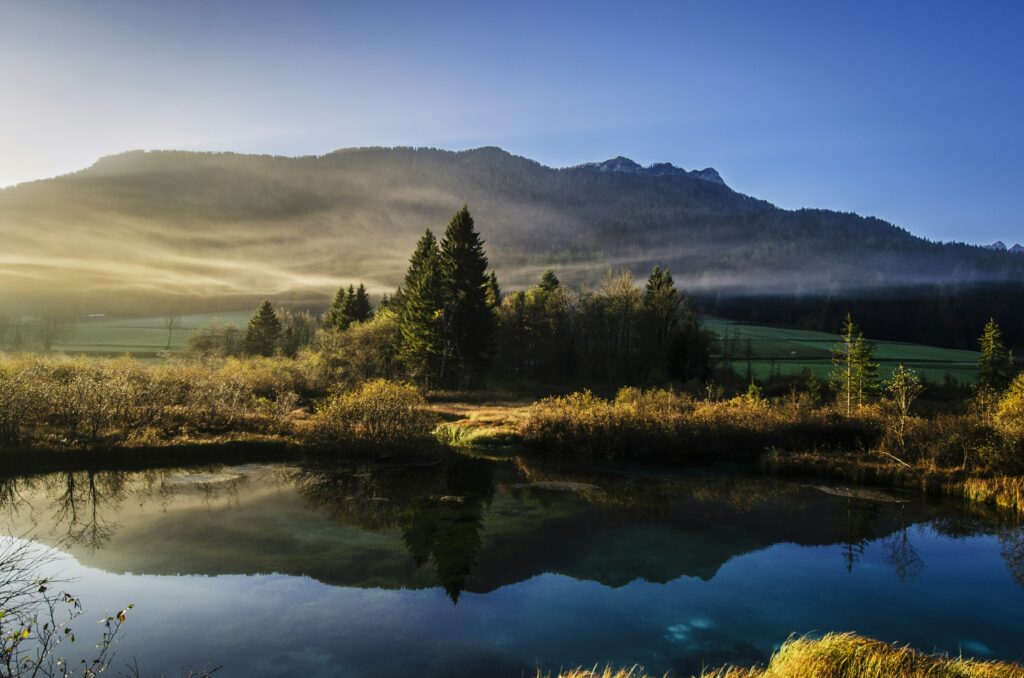
There are, of course, other elements to the basics of photography, focus, lens choice, composition, time of day, and light, but without understanding exposure, you will never be able to fully master those other elements.
Understanding exposure is truly the most fundamental part of learning photography.
We hope you've enjoyed this beginner's guide to photography. If this article has been useful and you would like some more basic guides, let us know in the comments below.

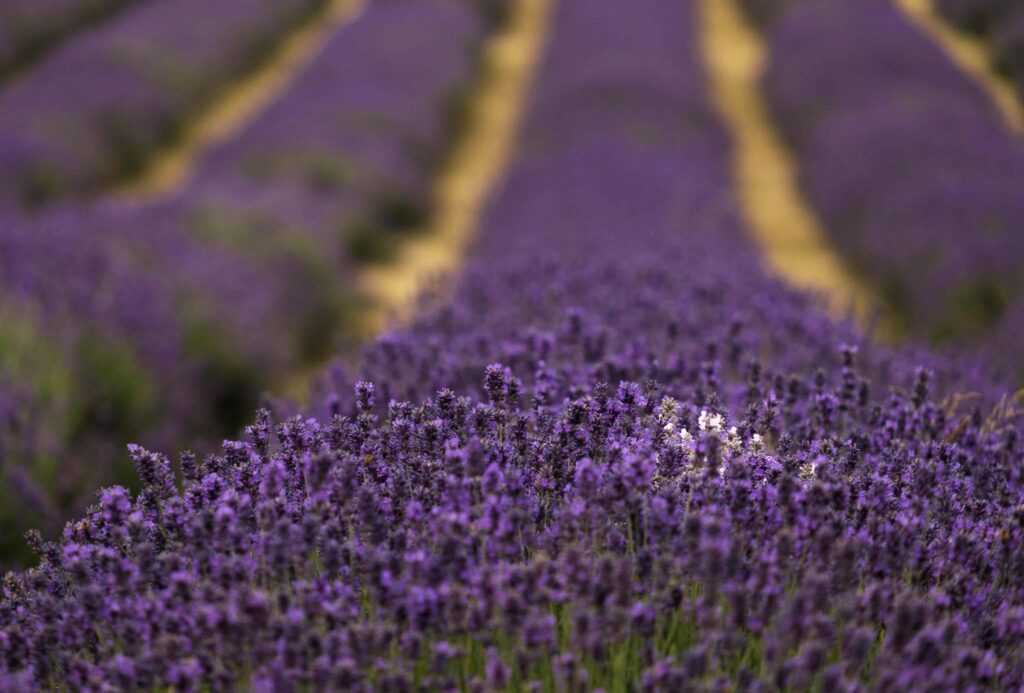
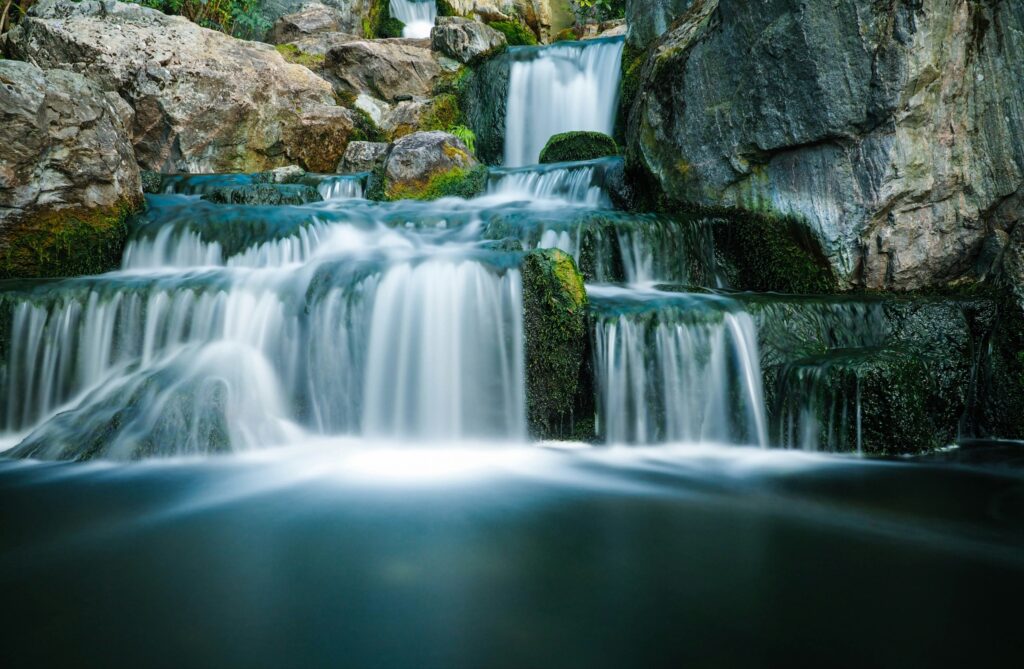
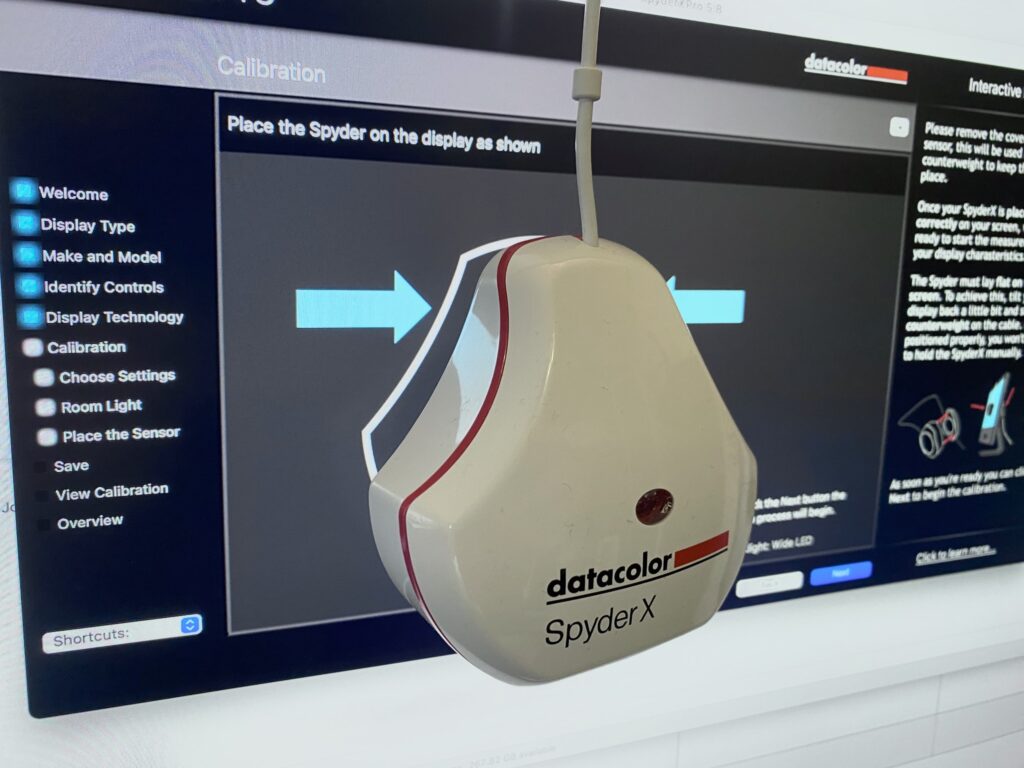
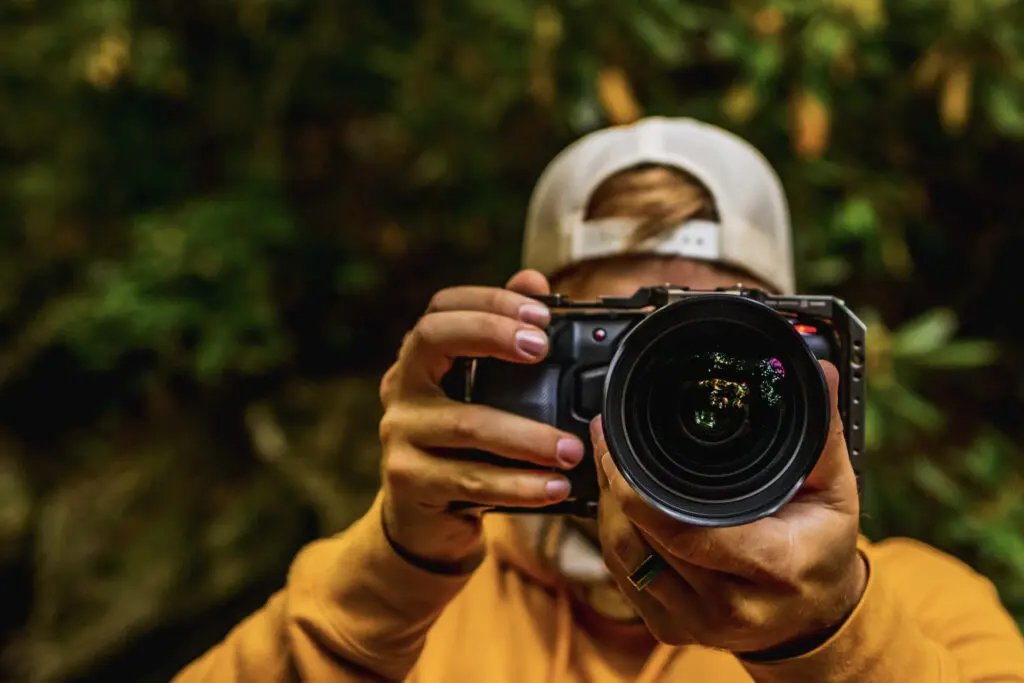
3 Comments
For a true beginner I’d be in favor of having them set the camera on full automatic and just learn composition.
Once they’ve found out if they have an eye for photography they can then learn how to control the camera to get the results they’re going for.
I’ve seen too many people spend a lot of time on the gear, and even become gear heads, but still don’t understand how to compose an image and “see the light”.
Thanks Jason , good reading .. a refresh of the basic info is always good.
There is a ton of useful information in this article. I loved the witty writing style. I also found some useful information here https://conservationconstructionofdallas.com/services/windows-services/. Keep up the good work and I will check back later for other articles.